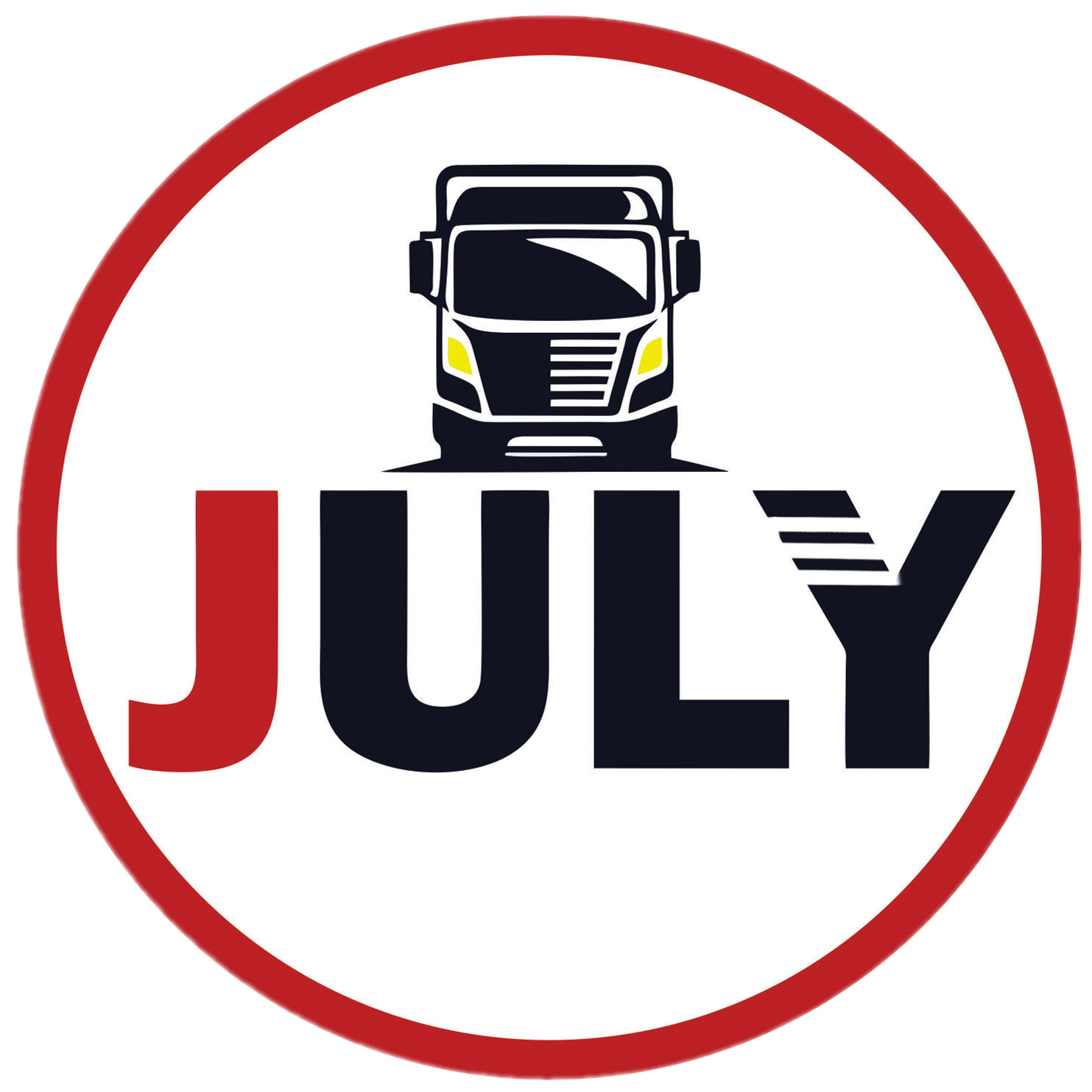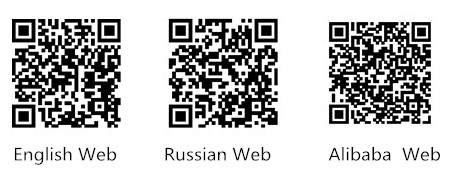CUMMINS DFSK DFM DFAC DONGFENG TRUCK PARTS DFL4251 DFL3251 5258744 DONGFENG XIAOKANG DONGFENG MINIBUS K17 5266969 5272666 5293669 5264757 5263374 5288908


CUMMINS DFSK DFM DFAC DONGFENG TRUCK PARTS DFL4251 DFL3251 5258744 DONGFENG XIAOKANG DONGFENG MINIBUS K17 5266969 5272666 5293669 5264757 5263374 5288908


A U-joint, or universal joint, is a part of the driveshaft that transfers power from the transmission to the differential, and without it, your vehicle will not be able to drive. When your vehicle's U-joint begins to fail, there will be indicators warning you of its impending demise. Looking for these warning signs and knowing there is a problem in advance may save you from having your car towed when the U-joint completely fails.
1. Clunking and Clanging
Your vehicle's U-joint may eventually wear at connecting points to the driveshaft. When that happens and you shift your transmission from one position, such as reverse, into "drive," you will likely hear a loud clanking or clunking.
2. Vibrations
When your driveshaft is out of balance, often caused by a defective universal joint, you will usually feel a vibration that increases in intensity as your vehicle's speed increases. Sometimes it can be easy to confuse this vibration with a wheel balance problem, but there are telltale differences to look for. A vibration caused by wheel imbalance will have a consistent, steady vibration when the vehicle is in motion, but a U-joint failure will cause vibration when both accelerating and decelerating. Additionally, when your vehicle is not moving, the vibration will stop, even if you gun the engine.
3. Grinding or Chirping
Over time, the grease inside a universal joint can dry out and cause the roller bearings to wear small indentations into the section called the cross. This sound comes from the bearings then being forced over these indentations.
4. Loud Banging
At times, a vehicle's U-joint will break apart, separating the driveshaft from the transmission. When this break happens you will typically hear a loud noise, like metal striking metal. Should the U-joint sever completely, your vehicle will fail to respond to any power it receives from the transmission and will be unable to move forward or backward. This can be a very dangerous situation, so be vigilant when you notice your car making strange sounds and avoid letting the problem get this far.
5. Joint Movement
If you have a mechanic’s rack and have noticed any of the previous symptoms, you can check your universal joint and know for certain whether it needs replacement.
Raise the vehicle and with the car in gear and the emergency brake engaged, find the drive shaft. Try to rotate it and if there is any movement from the U-joint, it should be replaced as soon as possible.